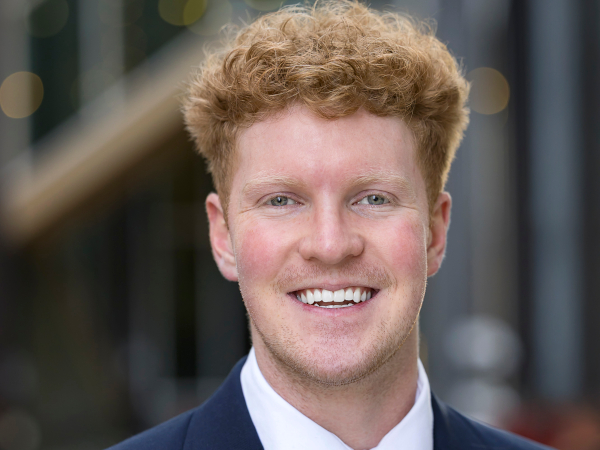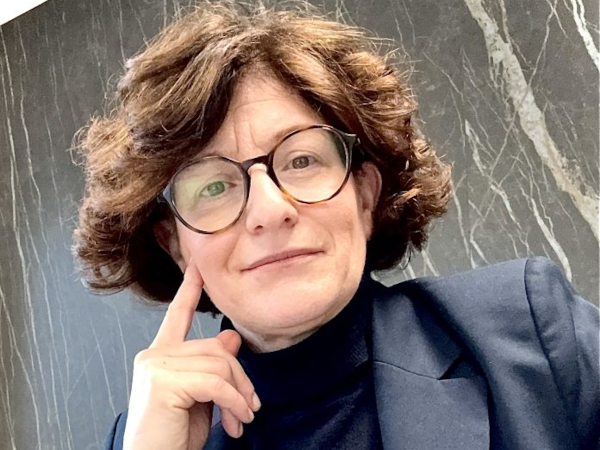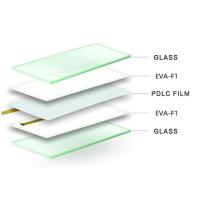Date: 6 May 2015
On March 25 the two students from Erkrath presented their project at this year’s national “Jugend forscht” young science and technology contest and were awarded third place in the Technology category by the judges.The project involved the use of sputter technology to apply a coating to glass so that it automatically adapts to the prevailing lighting situation. This was the only “Jugend forscht” project to involve glass. 96 young researchers presented 52 projects to the “Jugend forscht“ Foundation, which was founded 50 years ago.
Roderich Wallrath and Fabian Marischen started work on their sputter technology research project in a Gerresheimer Essen workshop last August. The two young researchers were supported by Gerresheimer’s experts throughout the entire project. They assisted whenever they could, sharing their glass expertise when needed and helping the two young students to resolve technical problems. On March 5 Roderich and Fabian, both students of Chemical Engineering, won the Regional Contest and on March 25 they came third in the category of Technology in the national competition of North Rhine-Westphalia “Jugend forscht”.
The two students work as a team. “When we started off we both had the same level of knowledge in all areas of the project. Over time, though, we divided up the work and specialized in different areas,“ explained Roderich Wallrath, adding that he designed the system with CAD software before the components were made. Then Fabian Marischen optimized the whole thing. Despite this division of labor they always discussed every step of the project to ensure that each knew what the other was doing.
Smart windscreens for fast cars
A few luxury automobiles such as the Ferrari Superamerica have electrochromic glass, or smart glass, as standard features. It is also used in architecture to regulate building temperature, though it is still pretty expensive.
Sputter technology explained in simple terms
Sputtering is the process of depositing a thin coating on the surface of glass or another substrate. The coating itself can be composed of any metal, alloy or oxide and it is applied in a vacuum chamber containing a small quantity of inert gas. The inert gas atmosphere in the chamber is regulated by a valve. A negative charge is then applied to the material that will be deposited onto the substrate, causing the plasma to glow. It is comparable to the principle of a neon light.
Electrical current and voltage cause positivly charged ions which break out source material diffusing it into the plasma environment. This process takes place at a much slower pace in the neon light, where the plasma glow first appears at one end of the tube. The free particles of source material are then deposited on the glass, a process which can be optimized if the glass is placed next to the electrode. Sputtering can be used to deposit incredibly thin coatings in the nanometer range.
The project has now closed out and Roderich Wallrath and Fabian Marischen have gone back to their studies. Both of them are doing degrees in chemical engineering and aiming for careers in the chemicals and pharmaceuticals industries. A chemical engineer implements large-scale production equipment planning projects so that the chemical sector’s products can be cost-effectively manufactured. The pharmaceutical or chemical products manufactured in this way are then put on the market, where they help to improve many people’s lives.
About Gerresheimer
Gerresheimer is a leading global partner to the pharma and healthcare industries. The company’s special glass and plastic products contribute to health and well-being. Gerresheimer is a global organization with 11,000 employees and manufacturing operations in the local markets, close to customers. It has over 40 production facilities in Europe, North and South America and Asia generating revenue in excess of EUR 1.3 billion. The comprehensive product portfolio includes pharmaceutical packaging products as well as convenient and safe drug delivery systems such as insulin pens, inhalers, pre-fillable syringes, vials, ampoules, bottles and containers for liquid and solid pharmaceuticals with closure and safety systems, plus cosmetic packaging products.



















Add new comment